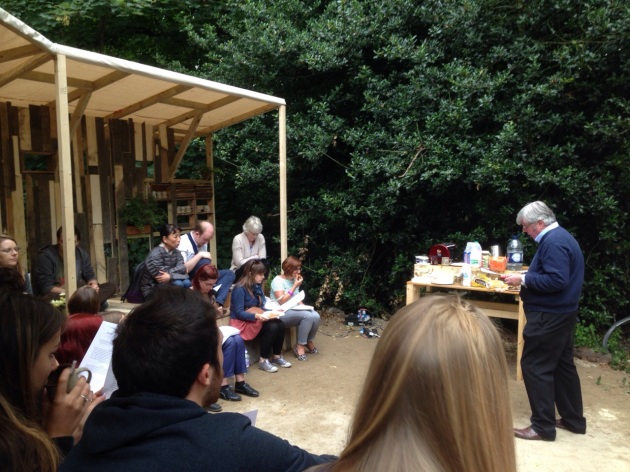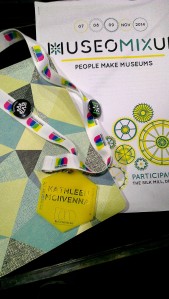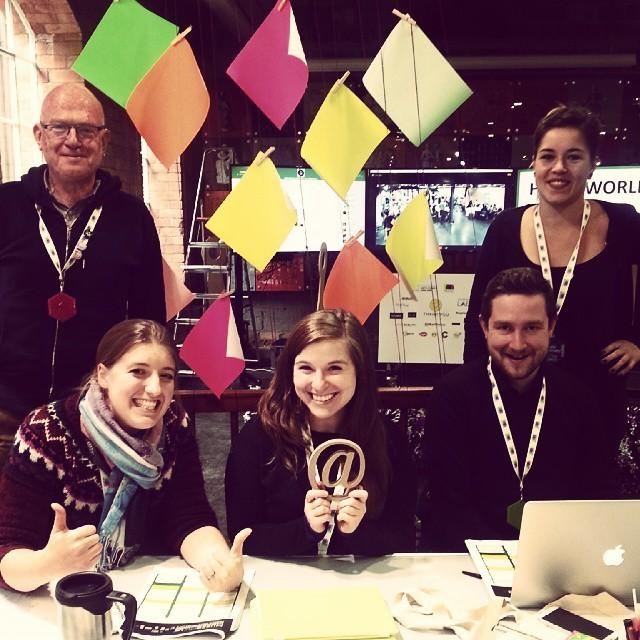Breaking Histories @ Shuffle: A Round Up
August 5, 2015 1 Comment
Well, what an event! The week long Shuffle festival is now over and with it the two Breaking Histories events. These events saw eight historians talk about a particular aspect of their research that they felt should be more widely known and discussed – you can see the call for participation here.
Historians spend a lot of time talking to each other, the holiday seasons, particularly summer and Easter, are chock-a-block with conferences, symposium and workshops. These are fantastic and important for us to share, challenge and discuss ideas. However, opportunities to talk directly to the public are few and far between and I was hoping that Breaking Histories would give historians, particularly new historians such as PhD students and early careers, a chance to talk about history in an unusual setting.
And Shuffle certainly provided an unusual setting! Located in the Tower Hamlets Cemetery Park, which is also 31 acres of woodland, these historians were part of festival celebrating film, art, food and nature. The theme of this year’s festival was Migration, Movement and Place and gave us plenty of scope to explore the modern relevance of our work.
The first event was on Saturday 25 July in the Homestead Pavilion. We had a great mix of talks with Anna Robinson talking about neighbour complaints in the early 20th century, Caroline Nielson on asylums and mental health patients during the First World War, Bob Taylor on concepts of knowledge in Ancient Rome through the lens of the work of Pliny the Elder, and concluded with Rosa Kurowska Kyffin from Beyond Past on a schools oral history project looking at Velvet Fist, a socialist, feminist choir.
We were all delighted with how engaged and interested the audience was and questions varied from questions about family history to relating the control of knowledge in current debates around intellectual property!

Rosa Kurowska Kyffin from Beyond Past, other speakers, Bob Taylor and Anna Robinson can be seen in the audience.
The second event was on Saturday 1 August in the Ecotherapy Grounded Den. There was a fair bit of confusion on our location as we’d been moved from the billed Migration Pavilion and I think some of the Shuffle team thought we were in the Homestead Pavilion again. Unfortunately I think the confusion led to a smaller audience, but it didn’t dampen the discussion and we had a great mix of talks. We had Judith Garfield from Eastside Community Heritage talking about the fantastic collection of 2600 oral histories from the East London community, Richard White discussing the project ‘Honouring Ester’ as part of Forced Walks which transposed a Nazi death march into the English countryside, Stephen Woodhams looked at the work of Raymond Williams and the use of different written forms to tell history and finally Sam Patterson discussed the work of the Stepney Tenants Defence League and notably their role in ensure tube stations were opened as air raid shelters during the Second World War.
I think one of the surprising outcomes from this series of talks was how well they connected with each other. From hidden stories of migration and movements, quickly forgotten or ignored, to looking at different ways to communicate and discuss history either through artist-led performative act of walking or the use of creative writing. I think the discussions could have continued for a long time, but we had to move out of the way for a talk on genes!
Communities came out as a strong theme across both weekends, communities as a subject of research within asylums or council estates, to a source base for oral histories having migrated from a particular place, to a particular place or emerging through political movement or choir, to communities created through the creative practice of history in the act of walking or collaborative work.
Overall, I think we had an audience of 45 people over the course of the two events, which I think is fantastic! I hope the talks have encouraged people to think about history differently and possibly inspired some future collaborations. I certainly learnt a lot, (did you know the borough of Redbridge has the largest Jewish community in Europe?). I hope we can repeat the experience at next year’s Shuffle festival and would be interested in hearing ideas of other ways of using the Breaking Histories model for other events!
Finally, a huge thank you to all the speakers and everyone who attended an event. I couldn’t have done it without you!
Some useful links:
Raphael Samuel History Centre call for participation for Radical Histories Public History Festival
Friends of Tower Hamlets Cemetery Park
Beyond Past – oral history project on Velvet Fist
History Today review of Samantha Patterson’s book on the history of Stepney
Here are some more photos from the two events:




























